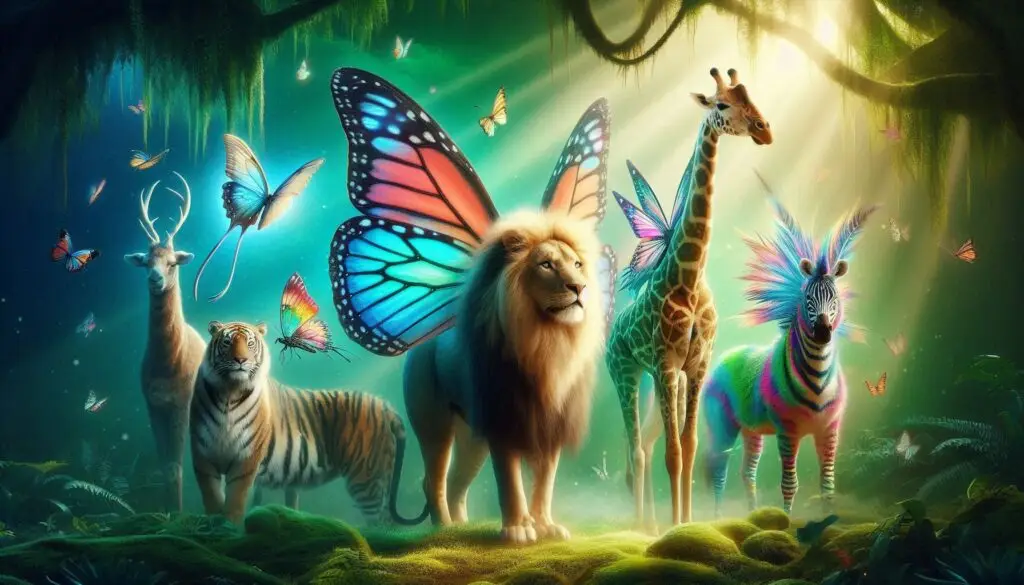Variation in Livestock Populations

Introduction
Variation within livestock populations is crucial for their adaptability and resilience. Understanding the different sources of this variation helps farmers and researchers improve livestock management practices. This article delves into the key factors contributing to variation in livestock populations.
1. Genetic Variation
Genetic variation is the most significant source of diversity within livestock populations. It encompasses several elements:
1.1 Allelic Diversity
Different alleles at a gene locus contribute to phenotypic variation. For instance, alleles can influence traits such as coat color or disease resistance. The presence of multiple alleles enhances a population’s ability to adapt to environmental changes.
1.2 Mutation
Mutations introduce new traits into a population. While many mutations are neutral or harmful, some can provide advantages that enhance survival and reproduction.
1.3 Recombination
During reproduction, genetic recombination mixes genetic material from parents. This process leads to new combinations of traits in offspring, contributing to genetic diversity.
For further reading on genetic diversity in livestock populations, check out this article on genetic resources from the Food and Agriculture Organization (FAO).
2. Environmental Influences
Environmental factors significantly affect the phenotypic expression of traits in livestock:
2.1 Climate and Geography
Different breeds have adapted to specific climatic conditions. For example, breeds developed in arid regions may exhibit traits that enhance water retention or heat tolerance. This adaptation is vital for their survival and productivity.
2.2 Management Practices
The way livestock are managed impacts their growth rates and overall health. Factors such as feeding practices, housing conditions, and health care can lead to variations in productivity.
2.3 Nutrition
Nutrition plays a critical role in the development and performance of livestock. Access to quality feed can enhance growth rates and reproductive success.
For more insights on how environmental factors affect livestock management, refer to this comprehensive guide on sustainable practices from Sustainable Livestock.
3. Breeding Practices
Breeding strategies significantly shape genetic variation within livestock populations:
3.1 Selection Pressure
Intensive breeding for specific traits can reduce genetic diversity over time. As certain alleles become fixed within a population, others may be lost.
3.2 Crossbreeding
Crossbreeding introduces new genetic material into a population. While it can enhance desirable traits, it may also dilute unique adaptations if not managed carefully.
3.3 Artificial Insemination (AI)
AI has facilitated the rapid spread of desirable traits across populations but can lead to genetic uniformity if local breeds are not preserved.
For additional information on breeding practices and their effects on livestock variation, visit this resource on animal breeding from the American Society of Animal Science.
4. Interaction Between Genetics and Environment
The interaction between genetics and environmental factors is crucial for understanding variation:
4.1 Phenotypic Plasticity
Some genotypes express different phenotypes depending on environmental conditions. For instance, a breed may show varying growth rates under different feeding regimes or climates.
4.2 Adaptive Traits
Local breeds often possess unique adaptive traits that allow them to thrive in specific environments. The loss of these breeds due to modernization poses a risk to maintaining vital genetic resources.
For further exploration of how genetics interact with environmental factors, see this study on adaptive traits published in the journal Livestock Science.
Conclusion
Maintaining genetic diversity within livestock populations is essential for their adaptability and resilience against environmental changes and diseases. A balanced approach that considers genetic variation, environmental influences, and sustainable breeding practices will help ensure the long-term viability of livestock species.
More from Genetics and Animal Breeding:
The Full-Sib Method in Livestock Breeding





Thank you for your sharing. I am worried that I lack creative ideas. It is your article that makes me full of hope. Thank you. But, I have a question, can you help me?